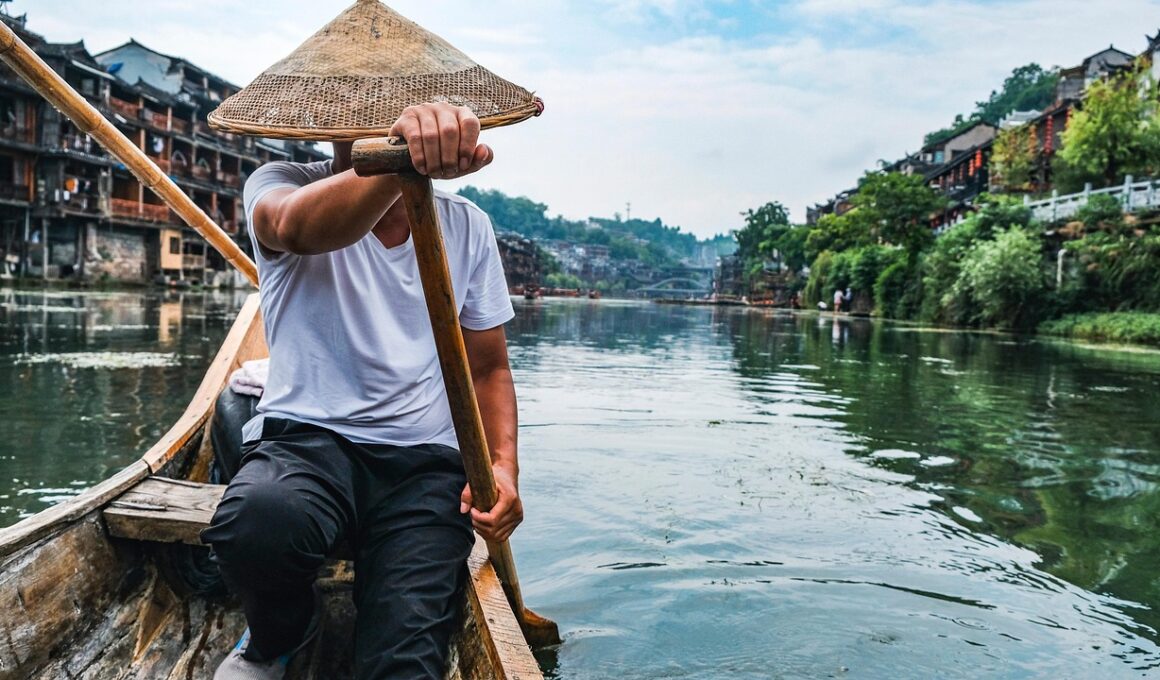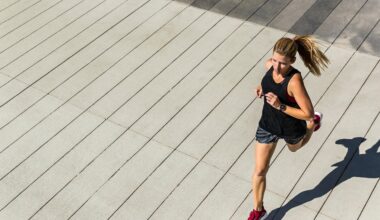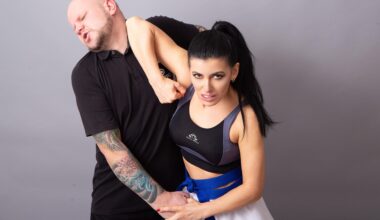How to Use Burst Mode Effectively in Rowing Photography
Capturing the dynamic sport of rowing requires an understanding of burst mode photography, which allows you to take multiple shots in rapid succession. This mode is particularly important because rowing features fast-paced action, with rowers gliding through water and shells cutting through the waves. To effectively use burst mode, you first need to select the right camera settings. Ensure your camera is set to capture images at the highest quality possible, as this will set the foundation for editing later. Adjust your shutter speed to be fast enough to freeze the action while also being mindful of your aperture and ISO settings. Burst mode excels in situations where the subject is constantly in motion, making it crucial to have a clear focal point when taking photos. By pre-focusing on the finish line or a point along the water, you can increase your chances of capturing an ideal moment. Additionally, using continuous autofocus can help track moving subjects effectively for the best results overall. Ensure that your camera’s focus area encompasses the entire area where the action will occur.
Having a firm understanding of the best timing can drastically improve your rowing photography in burst mode. Anticipating the rowing stroke, for example, is key; this will allow you to capture the most dramatic angles when the rowers exert the most effort. Practice watching the rowers’ rhythm and finding the right moment to press your shutter button while engaged in burst mode. It often helps to observe training sessions beforehand. Not only will this increase your confidence in timing, but it will also give you an opportunity to experiment with various angles and positions around the water. As you become acquainted with the rhythm of the sport, your ability to predict key moments will improve substantially. Consider varying your shooting position; shooting from the shore, or using a boat for unique perspectives can yield impressive results. This change in perspective brings creativity into your photography. Don’t be afraid to shoot from different heights as well. A higher angle captures the motion of the rowers more dramatically, while a lower one might emphasize the striking beauty of the boats in action.
Post-Processing Techniques
After shooting in burst mode, you’ll find that you may have hundreds of images to sift through. To streamline the selection process, it’s crucial to develop an efficient workflow for post-processing your photos. Start by importing all the images into editing software like Adobe Lightroom or Photoshop. Use filters to quickly scan for the best images based upon various elements, such as focus, lighting, and composition. It often helps to eliminate the worst photos first, reducing the clutter in your editing library. From there, create a shortlist of images that have the most potential. Once you have selected your preferred images, assess them for desired enhancements like sharpening, contrast adjustment, and color correction. Fine-tuning these aspects can make a considerable difference in the final output of your rowing photos. Additionally, cropping for composition can emphasize important details, such as rowers’ expressions and equipment details. Look for ways to tell a story or convey emotion through careful framing of your images. Don’t hesitate to experiment with filters during editing to achieve a unique flair that aligns with your creative vision.
Another important aspect of post-processing is understanding how to use tools for better framing and aspect ratios. When editing images that exhibit high action, it’s essential to maintain the frame and proportions while also helping the viewer’s eye travel through the action. Be aware that sometimes, images may need to be adjusted internationally to avoid distracting elements from the frame. Keep your edits realistic; viewers appreciate authenticity in sports photography. Consider avoiding heavy filters that could detract from the raw emotion present in the action. In the case of burst mode captures, not every shot needs heavy manipulation—sometimes, the raw, unedited images will tell a more compelling story. Share your work by showcasing the behind-the-scenes of the rowing events, as this adds depth to your overall collection. Create a narrative around your image selections to engage viewers further. Using social media platforms responsibly can also spread your work widely, and connecting with rowing clubs can provide a valuable exposure opportunity you might otherwise overlook.
Equipment Considerations
Understanding your equipment is vital in maximizing the effectiveness of burst mode in rowing photography. A camera with a high continuous shooting frame rate is generally preferred for capturing dynamic moments effectively. Be sure to choose a camera that balances performance with your personal technique and shooting style. Pair your camera with lenses that suit the distance at which you’re photographing. A zoom lens may be beneficial for a more versatile approach, allowing you to capture wide action shots and detailed close-ups as necessary. Alongside this, consider investing in a comfortable and portable tripod or a monopod; stabilization is key when relying on burst mode. Take care to familiarize yourself with your camera’s menu settings for burst mode and continuous autofocus. Some cameras even allow for specific custom configurations tailored for sports action, which can vastly improve your shooting experience. Always prepare backups of essential equipment, especially batteries and memory cards, to avoid disruption during crucial times. An extra battery can be a lifesaver when you’re shooting long races that may last over several hours.
Environmental factors can significantly influence your rowing photography, especially when shooting in burst mode. Lighting conditions are one of the most important considerations. In bright daylight, faster shutter speeds are easier to achieve; however, if you’re shooting during early mornings or late afternoons, you’ll need adjustments to your settings accordingly. Low-light situations can necessitate raising your ISO, but take care to balance it as high ISO levels can introduce noise. Rain or wet conditions might necessitate a lens hood or even protective covers for your camera; consider the weather forecast before going out for shoots. Familiarize yourself with various locations through scouting before the event, which can help you identify the best vantage points. Understanding how wind affects rowing can also inform your practice; choose your position accordingly on race day to capture unique angles and compositions. Don’t hesitate to reach out to fellow photographers familiar with the location for insider tips on best shooting spots as well.
Conclusion
In conclusion, mastering burst mode in rowing photography takes practice, patience, and planning. Understanding camera settings and honing instinctual timing allows for the capture of thrilling moments that convey the sport’s energy. Experimenting with angles and perspectives will set your work apart from traditional rowing photography. Engaging with post-processing will elevate the overall quality of your work, and understanding equipment will ensure you are well-prepared for any shooting scenario. Taken together, these approaches will showcase the beauty and intensity of rowing, while also telling powerful stories through imagery. Don’t be disheartened if your first few attempts don’t turn out as expected. With every photo session, you’ll grow in knowledge and skill, improving your technique over time. Embrace every race as an opportunity to refine your craft and connect deeper with the sport you love. Inspire others with your passion for rowing photography to keep the community thriving and encourage new talent. The journey in rowing photography is continuously rewarding as you evolve and pursue your unique artistic vision.


